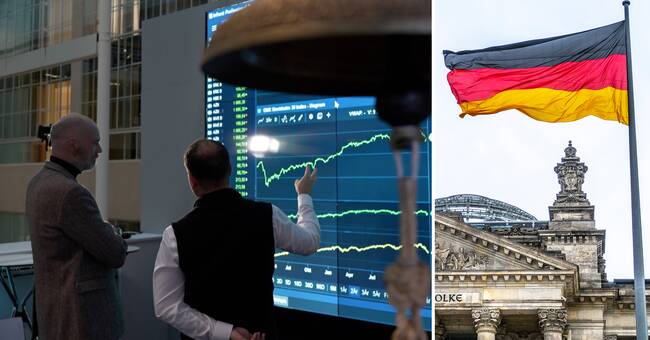When there are reports of stock market movements in Sweden, there is a great deal of focus on what is happening, especially on the stock exchanges in New York.
Significantly less attention is given to the Deutsche Börse, located in the German financial capital Frankfurt.
But if you look at the Stockholm Stock Exchange's price development over time, it is clear that the Swedish and German stock exchanges have great similarities.
När det rasar, som till exempel börsraset i mars 2020, ser rasen väldigt lika ut. Och när det går upp, liknar kurvorna också varandra.
Det finns flera förklaringar till att tyska och svenska börsen utvecklas på ett liknande sätt. Tyskland är Sveriges överlägset största handelspartner. Vi handlar för runt 400 miljarder kronor med Tyskland varje år.
Dessutom finns det bolag som är börsnoterade både i Sverige och Tyskland, till exempel lastbilstillverkaren Scanias moderbolag Traton.
”Börstrenderna är väldigt globala”
Det finns även en aktiebörs i Sverige som ägs av den regionala värdepappersbörsen i Stuttgart.
- In addition, we have on the ownership side many large international banks that own and control a lot of the capital on the major stock exchanges.
The trends we see in Sweden and in Europe we also see in the USA.
Stock market trends are very global, says David Augustsson.
Sweden's neighboring stock exchanges The Oslo Stock Exchange and the Copenhagen Stock Exchange differ from the Swedish stock exchange.
The Stockholm Stock Exchange is a broader stock exchange with many industrial companies and companies from different industries.
Which is partly similar to the Frankfurt Stock Exchange.
In Oslo, on the other hand, the stock market is much more dependent on the price of oil and fish.
In Copenhagen, the market capitalization is dominated by pharmaceutical companies, among others.

